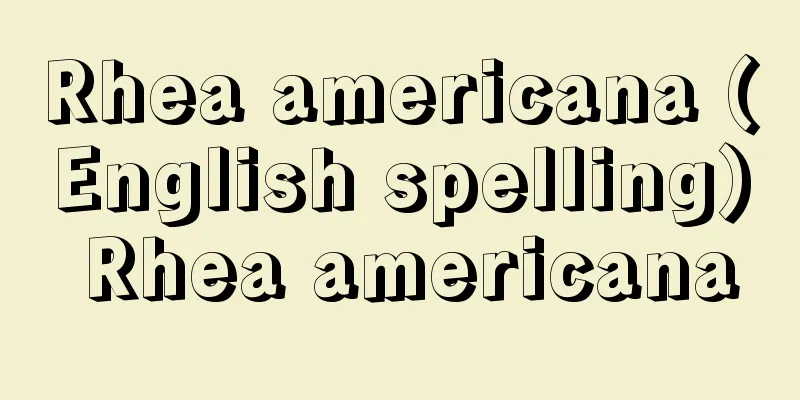Snack - snack

|
Eating something other than the three meals a day. Snacks. For adults, it often serves as a form of recreation or socializing, while for children, it serves as a way to get the nutrients they need beyond their three meals a day. Generally, snacks, fruits, and light noodles are included, but for children, it is important to limit it to supplementing three meals a day, and to be particularly careful not to affect dinner. If a child does not eat enough at dinner because of snacks, the amount of snacks should be reduced. For children, it depends on their developmental state and amount of exercise, but it is generally considered appropriate to provide about 10 to 15% of their daily calorie requirement. In Japan, it is customary to offer tea and sweets to guests regardless of the time, which can make it difficult to impose time restrictions on children. Giving children sweets whenever they want prevents them from developing the ability to control their desires and can lead to selfishness. It is also important to note that giving children a lot of sweets leads to a high incidence of tooth decay. The custom of having "o-yatsu" as we know it today began in the early Edo period. It is said that women and children had the custom of eating sweets and rice cakes, called o-yatsu, at eight hours (corresponding to 2 p.m.) between lunch and dinner. [Nobuyoshi Hirai] In the past, Japanese people ate two meals a day, breakfast and dinner, so lunch was a snack, but today there are three formal meals, and snacks are what you eat in between. From the Kinki to Kyushu regions, it is called kenzui, which appears in records from the Middle Ages and is the Go-on pronunciation of the word snack. From the Kanto to Tohoku regions, it is called kojuhan (small lunch), and in the Hokuriku region, it is called nakama, and it is customary to eat it before or after lunch during the busy farming season from spring to autumn. Snacks differ depending on the type of work, with people who work at home eating light snacks and those who work outdoors eating filling foods like mochi (rice cakes) and dango (dango). Originally, it was a necessary meal according to occupation and season. [Kamata Hisako] Source: Shogakukan Encyclopedia Nipponica About Encyclopedia Nipponica Information | Legend |
|
三度の食事以外にものを食べること。おやつ。大人にとってはレクリエーションや社交の意味を兼ねることが多く、子供にとっては三度の食事でとりきれない栄養補給の目的をもつ。 内容的には、菓子類や果物類のほか、軽い麺(めん)類といったものが一般的だが、子供に対しては、あくまでも三度の食事を補充するという限界にとどめ、とくに夕食に影響しないように配慮したい。間食のために夕食を十分に食べないことがあれば、間食の量を減らすべきである。子供の場合、その発育状態や運動量などによっても異なるが、おおよそ1日の熱量所要量の10~15%ぐらいが適当とされている。 わが国においては、来客があれば時間に関係なく茶菓の接待をする習慣があり、そのために、子供に対しても時間的制限を与えることが困難になりやすい。子供の要求どおりに菓子類を随時与えてしまうことで、子供たちには欲望を統制する能力が発達せず、わがままにもなる。また、甘い菓子類を多く与えることによって、虫歯が多く発生している事実も見逃せない。なお、今日いう「おやつ」の習慣は江戸時代初期に始まった。昼食と夕食の間の八つ刻(どき)(午後2時に当たる)に、婦人や子どもの間で、おやつといって、菓子や餅などを食べる習慣があったといわれる。 [平井信義] 古くは日本人の食事は朝・晩2回であったので、昼食は間食であったが、今日では朝・昼・晩の3食が正式の食事となり、その合間に食べるものを間食としている。近畿地方から九州地方にかけてはケンズイといい、中世の記録にもあって、これは間食の呉音である。関東地方から東北地方ではコヂュウハン(小昼飯)、北陸地方ではナカマとよんで、春から秋にかけての農繁期に昼食の前後に食べることにしている。間食は労働によって異なり、居職(いじょく)は軽く、戸外労働は餅(もち)や団子など腹もちのよいものをとるという。本来、職業や季節に応じた、必要なる食事だったのである。 [鎌田久子] 出典 小学館 日本大百科全書(ニッポニカ)日本大百科全書(ニッポニカ)について 情報 | 凡例 |
<<: Cold food powder (English spelling)
Recommend
Printing Bureau - Inshokyoku
…Initially, the business involved the manufacture...
Awa Province - Awa no Kuni
A large province belonging to the Nankaido, rough...
Kikongo - Kikongogo
...Many Kongo people live in large cities such as...
A sense of having already experienced something
…It is a mental experience in which, faced with a...
Threshold dilution factor
… [Evaluation of malodor] Although instrumental a...
Trace elements - trace elements
Also known as trace elements, these refer to eleme...
Light-emitting organ
An organ that produces bioluminescence. It is a t...
Rhododendron metternichii var. hondoense
An evergreen shrub of the Ericaceae family, also k...
Cowes
A town in the northern part of the Isle of Wight, ...
Ofrida faction - Ofrida
…He founded a school in Kutmičevičia, Macedonia, ...
Half-winged
…This is the origin of the name Hemiptera. The sc...
Wehlight - Wehlight
…In general, pyroxene is present in addition to o...
Viking (space development) (English name) Viking
...A Mars exploration project by NASA with the ma...
marché aux puces (English spelling) marcheauxpuces
…An open-air market selling antiques and used clo...
mutilation
...the practice of modifying or altering parts of...








![Tanto [town] - Tanto](/upload/images/67cc2a565ac98.webp)
